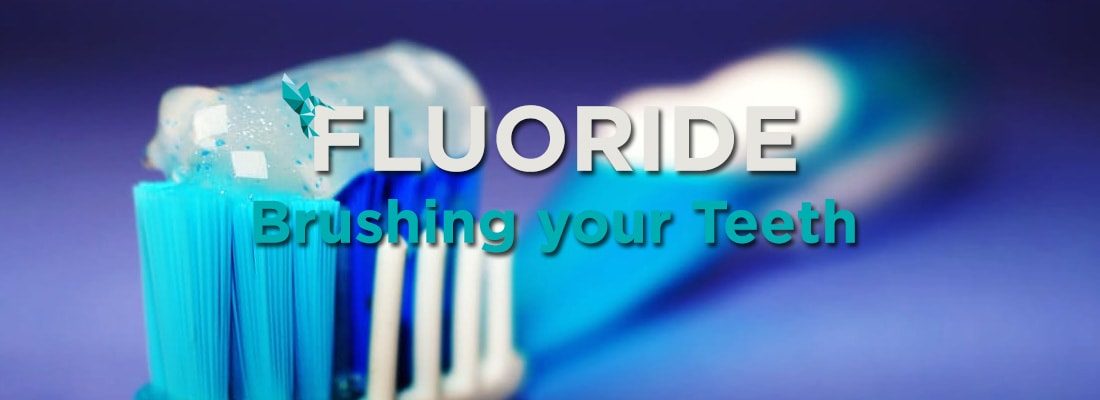
Fluoride – Brushing your Teeth
This Week’s Nutrient: Fluoride!
 Fluoride is a trace element mineral. You need only a very small amount of it. Fluoride is important in preventing tooth decay. In its pure Fluor form, it is a poisonous gas. Bonded to another element like calcium or sodium, it is safe to ingest and named Fluoride.
Fluoride is a trace element mineral. You need only a very small amount of it. Fluoride is important in preventing tooth decay. In its pure Fluor form, it is a poisonous gas. Bonded to another element like calcium or sodium, it is safe to ingest and named Fluoride.
Fluoride appears in very small quantities in nearly all foodstuffs. Particularly good sources of fluoride are some sea fish and teas.
In your body, fluoride is found in very small quantities in your teeth and bones. Ingesting fluoride through your food or drink helps with preventing tooth decay. It is absorbed into the enamel and helps protect it against the daily onslaught of acidic- and bacterial- threats that your teeth have to endure. As far as science knows, there is no other use for fluoride in the body.
A consistent fluoride deficiency means that your teeth are much more susceptible to decay, as the strength and protection of the enamel drops significantly.
A consistent overdose of fluoride can cause brown spots or stripes to appear on the teeth. Officially called fluorosis, this condition has a much more endearing name in Dutch, translated to “zebra teeth”. It was these spots on teeth that actually led to the discovery of fluoride as a substance beneficial for oral health.
Fluoride And Oral Health
In 1901, a dentist named Dr. Fredrick McKay noticed that Colorado Springs residents had these brown spots on their teeth, which they called “Colorado brown stain”. Over the years he figured that the stain must be coming from the water supply they shared. But he also noticed something very valuable: People with the brown stains had less tooth decay.
In 1930 the connection was made that the water supply in Colorado Springs had a nearly 14 times higher volume of fluoride in the water supply than the average water. Dentists noted that fluoride might be a key in reducing tooth decay.
Fluoridation is the controlled addition of fluoride to a public water supply as a means to reduce tooth decay. There are a few governments in the world that do this. The general scientific consensus is that by adding a (very small) quantity of fluoride to the drinking water drastically reduces tooth decay issues in the population drinking the water. In the US, over 60% of the population receives fluoridated water. In the EU, only certain parts of France, the UK, and Spain add fluoride to the water supply. Since the introduction of fluoride in toothpaste in the 1970’s, most of the other EU countries in the world opted not to perform fluoridation (anymore).
The EFSA recommends an Adequate Intake of 3,5mg of fluoride, and suggests a Safe Upper Limit of 7mg. In the US these numbers are similar: 4mg and 10mg respectively.
The latest version of Queal has no fluoride any more (because you already get the benefits whilst brushing your teeth!)

No Comments